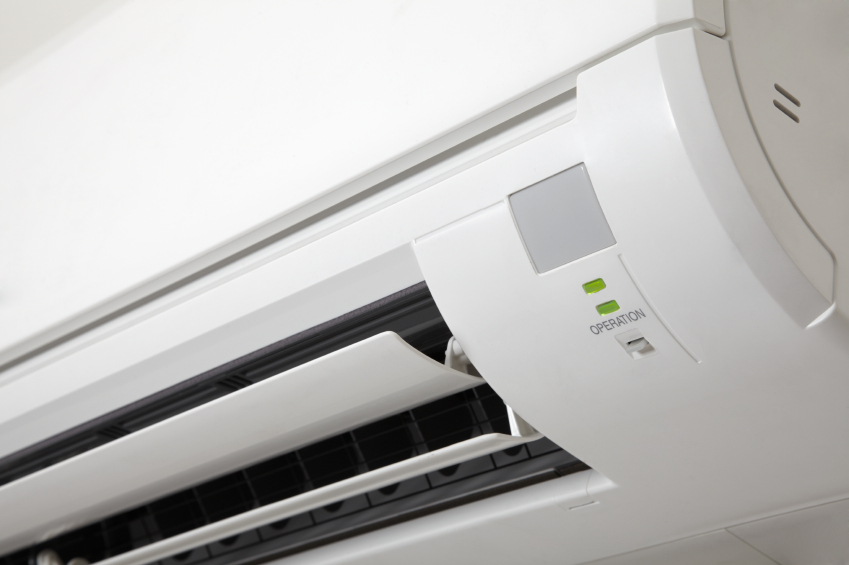Although the ductless air conditioners have been in use in Europe and Japan for years, U.S. consumers are just learning about their many benefits and few downsides. These systems offer efficiency, convenience and easy installation.
Most ductless air conditioners are heat pumps that work by moving heat from one place to another. In the summer, they take it from the interior and in the winter, they extract it from the outdoors and bring it inside. Their specific benefits include:
Energy efficiency.
Since these HVAC appliances don’t use ductwork, there are no thermal or air losses that forced-air systems often have. The air blows directly into the room from the indoor air handler. Ductless mini splits have to meet the same SEER (seasonal energy efficiency ratio) and HSPF (heating season performance factor) standards that central heat pumps do. Many mini-splits exceed the established minimums for both SEER and HSPF.
Easy installation.
Most manufacturers of ductless systems require a licensed HVAC contractor install the system to keep the warranty valid. Since the refrigerant is installed at the factory, all the contractor needs to do is drill a small hole through an exterior wall, place the air handler indoors and connect the conduit to the outdoor condenser and air handler. The conduit contains the refrigerant, drainpipe and power.
Flexibility.
The indoor air handler can sit on the floor or hang from a wall. These systems use remote controls for easy operation. Larger systems can support four air handlers, each one with their own thermostat. You can run as many air handlers at a time as you want.
Safety.
Compared to window or wall air conditioners, mini-splits are much safer, since the connecting hole is far too small to allow egress into a home. They don’t use combustible fuels for heating, have no combustion gases and require no venting.
All of these benefits of the ductless system translate to lower installation and operating costs. Given the expandability of these systems, their only downside seems small. Since they employ heat pump technology, using them for heating in the winter has its limits, since they have trouble generating adequate heat when temperatures fall below 30 degrees Fahrenheit. But in homes and buildings where the primary goal is cooling with low heating demands, a ductless mini-mini split represents a wise choice.
The U.S. Energy Star program states that an Energy Star ductless system can save up to 30 percent in cooling and heating costs. Although these systems cost slightly more to purchase than portable, window or wall air conditioners, the ductless system is likely to last longer, provide more comfort and cost less to run. And they’re certainly easier and less expensive to install than central systems that rely on a ductwork distribution system.
Once you’ve got your new ductless system installed, you’ll want to be sure it’s protected. American Home Shield offers warranty protection that will give you peace of mind.
Post Author: andyc.




